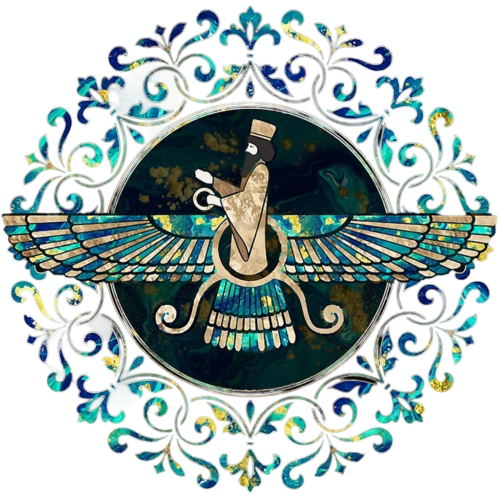Kashan carpet in difficult times
After the Safavid government came to power in the 10th century AH, the people of Kashan welcomed their rule. The Safavid era was the best period of prosperity and development for Kashan. The presence of dozens of historical monuments in the city and its suburbs and the emergence of prominent artists and craftsmen all indicate the golden age of Kashan during this period. The Safavid sultans paid great attention to Kashan. Persian rug . Kashan carpet in difficult times
Even though the city’s structures suffered much following the disastrous earthquake of 982 AH, Kashan made significant advancements in a number of areas and rose to prominence during this time.
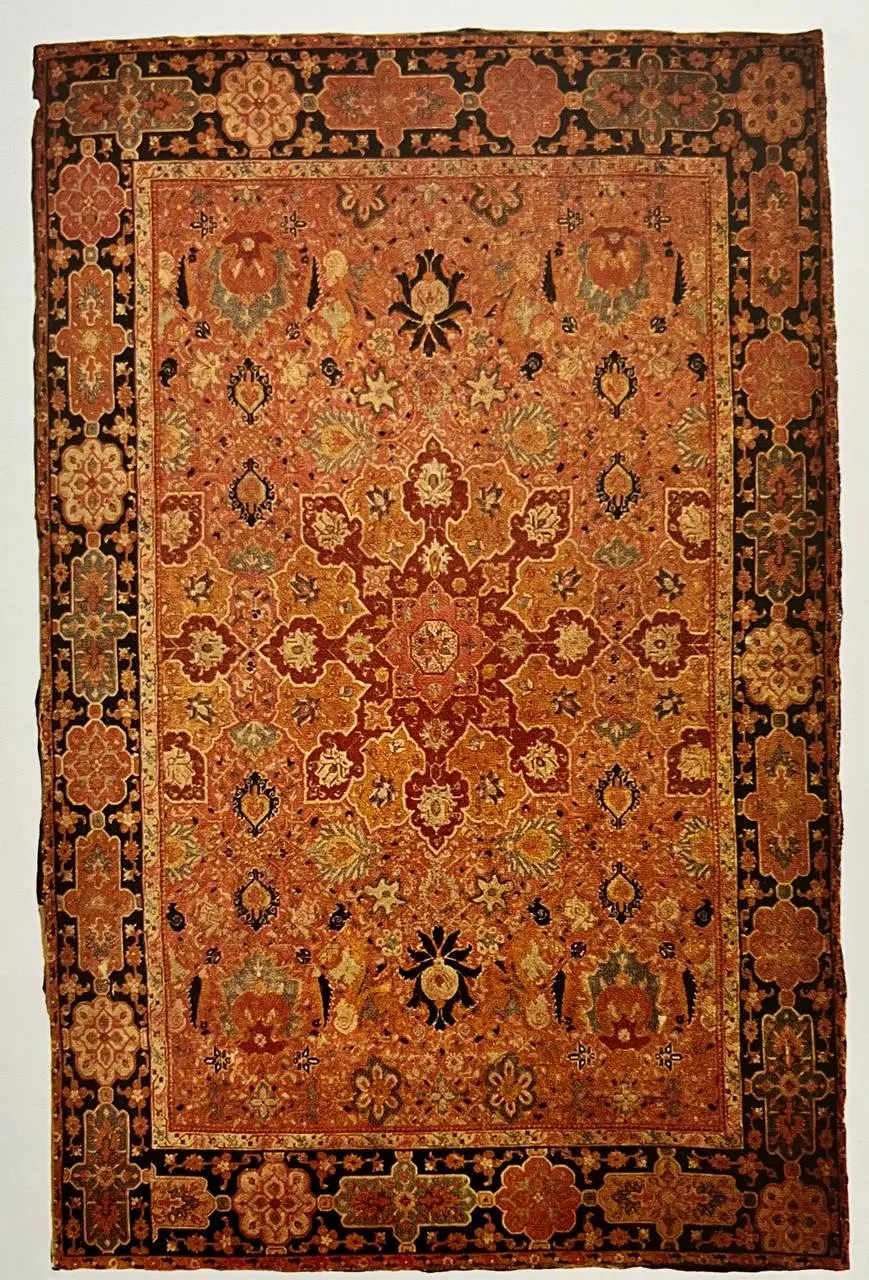
During this time, the Kashan bazaar also flourished and grew. Qaysariyeh, a brand-new four-square market with stores and opulent homes, was constructed in the center of the bazaar during the reign of Shah Abbas. Magnificent mosques, caravanserais, and dozens of ancient structures and monuments were constructed. In 1005 AD, Sir Robert Shirley, who was with Shah Abbas I, describes Kashan as “a large city with vast bazaars.” Kashan Silk carpet in difficult times
Afghans twice assaulted Kashan at the end of the Safavid dynasty. The residents of the Kashan desert villages, including Noushabad and Nasrabad, were massacred and pillaged in one of these attacks, which occurred during the reign of Hassan Qoli Khan, the Afshari ruler of Kashan. However, this time as well, the city of Kashan was kept safe by its towers, ramparts, and archers. Kashan Silk rug in difficult times
One may argue that Kashan was a vibrant and happy place in the past and did not look like this now. Numerous indications of Kashan’s past as a manufacturer of pricey textiles may be discovered by closely researching historical documents and travelogues written by tourists.
Although the delicate craft of weaving gold-woven carpets in Kashan vanished entirely with the fall of the Safavids, the carpet weaving industry in Kashan, like that of other regions of Iran, began to wane in the first half of the 12th century AH. However, other centers that dealt with the production of woolen carpets, such as Joshaghan, continued to operate more or less. Kashan carpet in difficult times
the horrific 1192 AH earthquake. Although the city was demolished and brought to a complete halt during the Safavid era in the latter years of the Zand dynasty, its industries and industrial outputs were still better than those of other cities. The Qajar period was a time of calm for Kashan. During this period, the city grew and several structures were added. Its marketplaces were thriving under Nasser al-Din Shah’s rule. This era’s harsh events include Amir Kabir’s assassination, Nayib Hossein Kashi’s insurrection that resulted in the destruction of some It is acquired as a manufacturer of pricey textiles.
*Click on the opposite link to see precious Iranian handmade and machine combined silk carpets*
But in the first part of the 12th century AH, the sophisticated craft of making gold-woven carpets in Kashan vanished entirely along with the Safavids. Like other regions of Iran, Kashan’s carpet weaving industry deteriorated, although Joshaghan and other cities that dealt with the manufacture of woolen carpets essentially carried on with their operations. Kashan carpet in difficult times
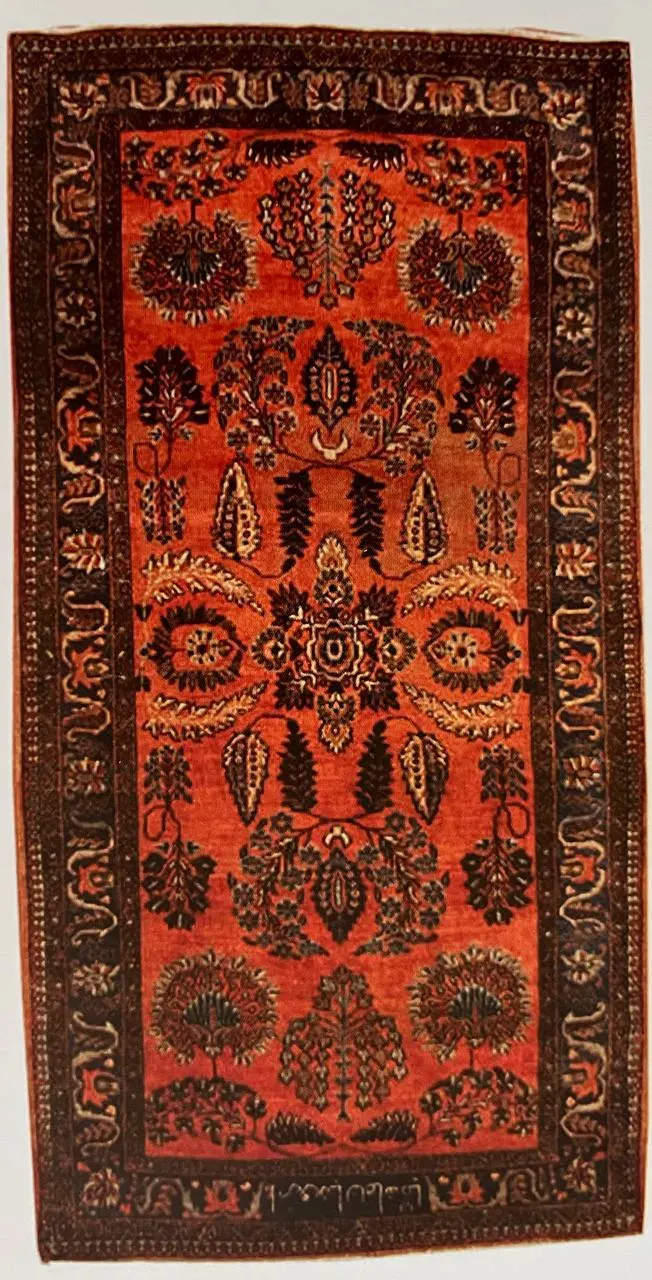
the horrific 1192 AH earthquake. Although the city was destroyed and lost its Safavid affluence in the latter years of the Zand dynasty, its industries and industrial production were still superior to those of other cities. The Qajar period was a time of calm for Kashan. During this period, the city grew and several structures were added. Its marketplaces were thriving under Nasser al-Din Shah’s rule. The killing of Amir Kabir and the insurrection of Nayib Hossein Kashi, which resulted in the destruction of certain historical landmarks, are two examples of the tragic occurrences of this time period. Kashani continues: “Thousands of residents perished and Kashan was vulnerable to natural disasters like devastating floods and droughts during these events.”
Cecil Edwards: “The designers and master Persian rug designs weavers who worked for Shah Abbas were not supported by their successors because they were unable to sustain the level of interest in carpet weaving that their forebears had.” These artisans quickly scattered or perished. Nonetheless, there is proof that carpet weaving was somewhat carried on by their successors. Kashan carpet in difficult times
“An envoy from Shah Safi I sent Frederick priceless gifts of gold and velvet fabrics and silk and gold-woven carpets in 1037 AH/1640 AD,” according to Ettinghausen. These items were ultimately moved to the Rosenberg Palace in Copenhagen.
Gelim
Pope: “In the eleventh century, silk was widely used to create the finer Style and maktab of Persian carpets known as kilims, and this practice flourished.” Gold-woven carpets can face competition from these weaves. These motifs had a general style with silk carpets, but the colors were quite different at this period. These kilims have a bright gold ground. Every hue is vibrant and new, but the purple and indigo stand out the most. Although the colors utilized are often vibrant, there is excellent harmony and balance between them. Over time, more intricate and varied patterns were employed in place of basic and archaic ones. Kashan carpet in difficult times
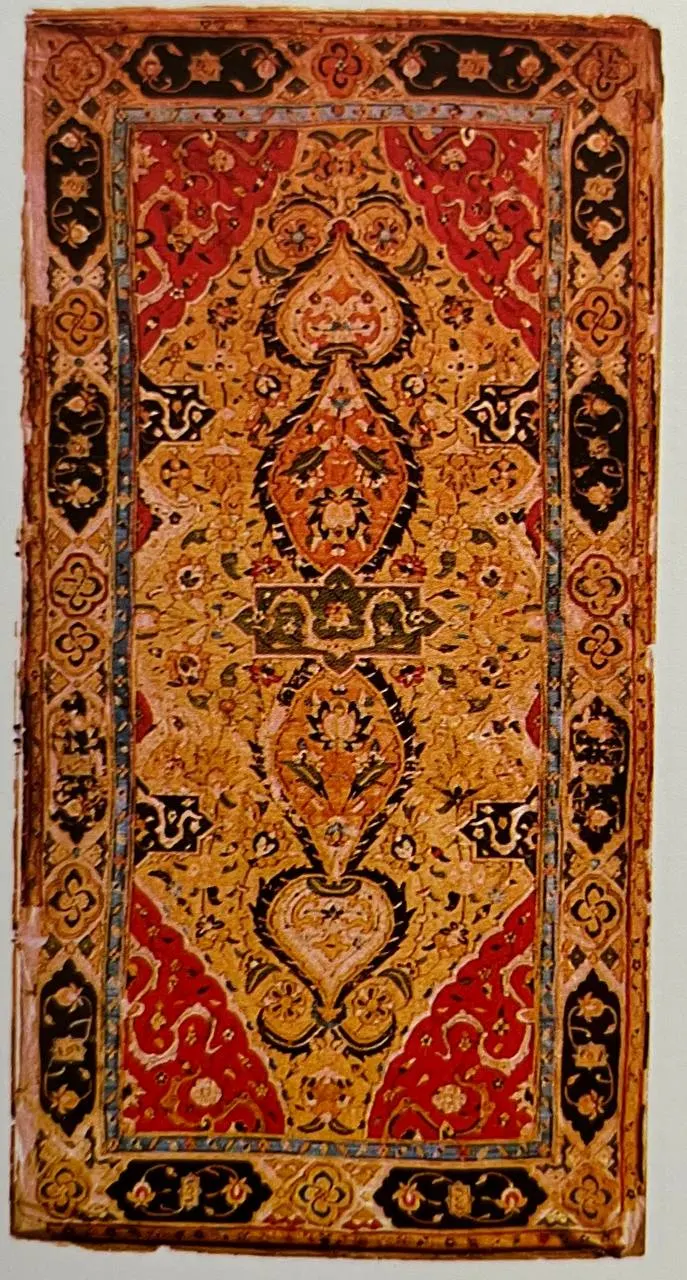
Zilu
Zilu is a hand-woven cloth that has been destroyed due to its lower durability and value, as well as the usage of natural fibers, which ruined the majority of earlier weaves.
Because Zilu was frequently used in mosques, it can better depict the history and evolution of woven items than any other weave because many of them include important details about the location and time of production, the name of the producer and the benefactor, etc. Kashan carpet in difficult times
Dr. Hasuri claims that two of the thirteen pieces of Zilu that were given to the Khanqah of Taft are the oldest in the world. Khanesh Khatun, the sister of Shah Tahmasp Safavi, a Sufi in his day and a descendent of Shah Nematullah Wali, gave the pieces to the Khanqah of her husband. One of them is still at the Islamic Museum of Cairo, while another is in the Tehran Origins of Persian carpet Museum. It was created in 963 AH. Kashan carpet in difficult times
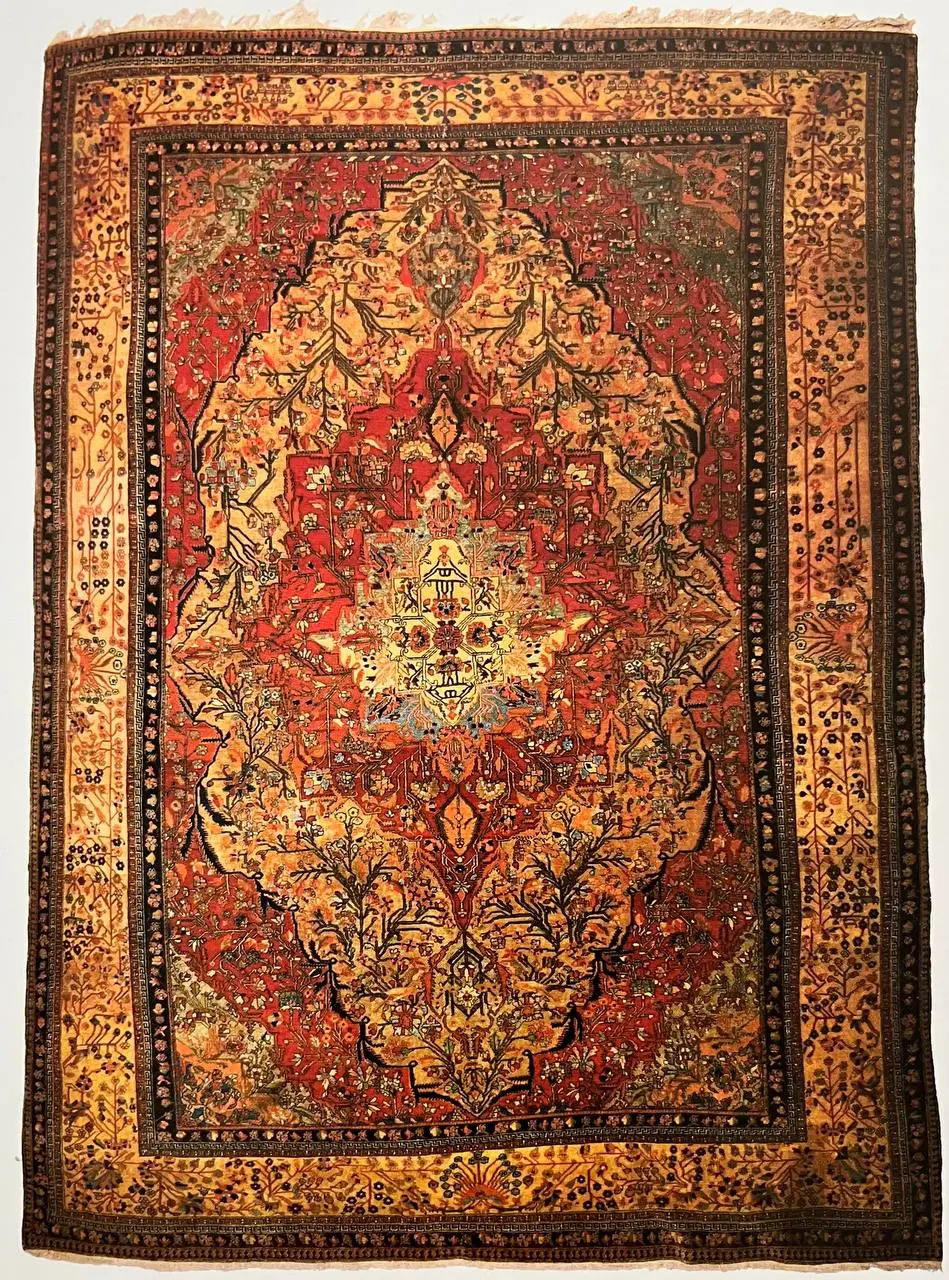
Regarding Kashan’s zillos, he states: “The oldest zillos in Kashan date from the middle of the 13th century (1253 AH), were devoted to the Mullah Mosque, and are currently housed in the Agha Bozorg Mosque (1260 AH).Persian rug” An person in 1262 AH also dedicated 26 zillos to the same mosque. Older zillos were found in the tombs of Ibrahim Fin, the Imamzadeh of Shahsavaran (between Qomsar and Qahrud), the Imamzadehs of Joshaghan, Natanz, and Abyaneh, among other locations. Regretfully, these zillos either lacked inscriptions or had been lost, or they were in a condition that prevented any pattern or inscription from being seen. An attempt should be made to gather and transmit instances from before 1300 AH.
